Sound Bites - Issue #46 - June 2017

Issue #46 June | 2017
Community Education's Premiere Online Magazine
On the Cover
Leading at the Edge of Technology
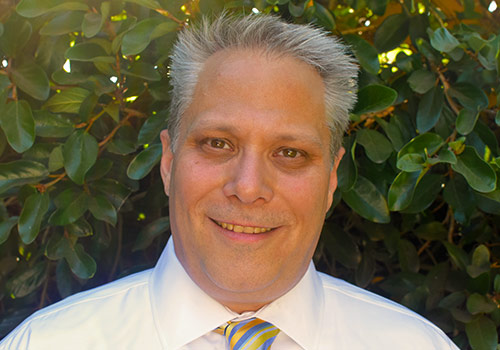 Seth David
Seth David
 Seth David and his favorite pets
Seth David and his favorite pets
As SMC Extension/Community Ed continues to expand its technology-related business course offerings - particularly in cutting-edge technologies - it has scheduled new classes in Google Docs and Slack, which fall into the Age of Edge Computing and Blockchain.
And the program has turned to an instructor with a combination of business acumen and teaching skill who is passionate about these new technologies.
"I take complex concepts and make them simple for those who don't have a background in the subject," says Seth David, who recently taught Excel to a group of SMC employees to excellent reviews. "That is my super power, plain and simple."
David is, as he describes, the "chief nerd" and President of Nerd Enterprises, Inc. which provides consulting and training services in accounting and productivity based software. Consulting services range from basic bookkeeping to CFO level services such as financial modeling.
David graduated from Pace University in New York in 1996 with a bachelor's degree in Accounting and has held a variety of positions in several companies, including Biggs & Co., a Santa Monica-based accounting firm specializing in bankruptcy. He has also been a speaker at conferences throughout the nation.
* * *
Can you talk about the growth in document sharing, both in terms of Google Docs and Slack?
We're getting into the age of Edge Computing and Blockchain technology. This means information has multiple input and output channels. It has to.
There was a time, not long ago, when having the ability to e-mail a file to someone, so they could work on it, and e-mail it back to you, was really efficient. Now it's archaic.
Document sharing has to happen, and it needs to happen in real time. This means co-authoring, and Google Docs offers that. No other application, not even Microsoft, offers the same kind of real time co-authoring and collaboration capabilities that Google Docs has.
Once we adopt this kind of technology, we start to see the advantages. Not only can I share and collaborate with people in real time, but also I can easily link a document in any other app that I am using with colleagues.
Enter Slack.
Slack is a communications app. Similar to what I described above about document sharing, e-mail used to be a highly efficient form of communication. Now it is incredibly inefficient.
Slack solves that problem. It is a private communications channel, accessible only to the people I've shared it with. Spammers can't get in.
Then Slack has the ability to organize things with Channels, Pins and Stars. This makes it very easy to organize, categorize, and easily reference information when I need it later.
So I can link a Google document in a channel in Slack. Five people from different parts of the country can access that document and discuss it in Slack. It's incredibly efficient, especially when I am looking for information long after my independent recollection of what was discussed, and where, is gone.
Why are your classes important?
These classes are important because they speak to how we are beginning to communicate and what the future of business communication looks like. There is a paradigm shift, and the changes are happening fast. It will be challenging for some to keep up.
These classes will help with that. Using these products is not rocket science. Once people see how to use these applications, they will get it. There are people like me who love to dive in and learn these apps, and then there are people who don't have the patience. People like me figure out the right solutions to the right problems, and then we can listen to people explain what they need to do, so we can recommend the right solutions.
What kinds of people are Google Docs and Slack important for?
They're definitely important for small business owners, as well as for people in the workplace.
There are personal uses too. Recently I turned a client onto Slack. He'd never heard of it before. A couple of weeks later, he sent me a message in Slack, thanking me for introducing it to him. He explained that he started using it with his fiancee and their wedding planner.
Seth David will teach How to Use Google Docs beginning Sept. 16. His Slack Communication Workshop is scheduled for Oct. 6. He will also teach Fundamentals of Microsoft Excel 2013 for the PC - Creating Spreadsheets on Nov. 4.

What's New
What's New: Our 2017 Photo Contest Winner is...
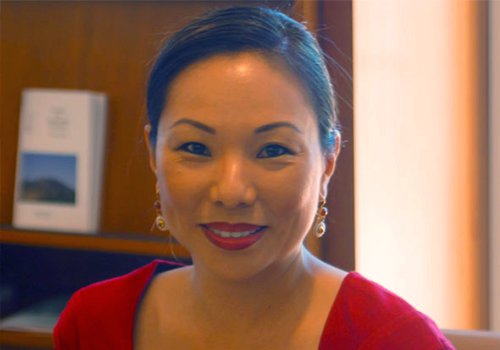
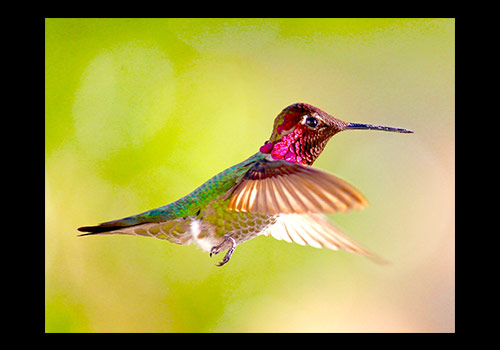 Victoria Bleeden - "Golden Flight" - 2017 Winner
Victoria Bleeden - "Golden Flight" - 2017 Winner
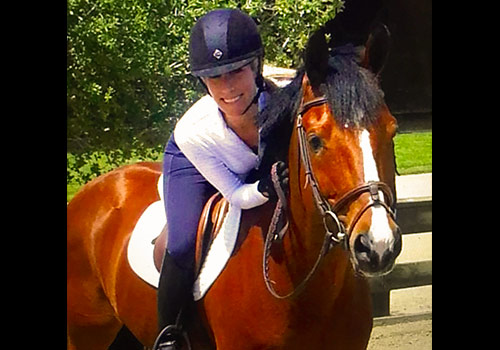 Contest winner Victoria Bleeden, an equestrienne, likes to photograph animals
Contest winner Victoria Bleeden, an equestrienne, likes to photograph animals
from the desk of Alice Meyering
As our third Annual Community Education Student Photo Contest comes to a conclusion, as always, I am filled with wonder of how this little contest of my imagination has grown to be the annual anticipated event that it is now. Our community once again demonstrated its enthusiasm for photography: altogether, the contest drew 167 photo submissions from 39 current and former students, almost double the 90 images from 22 participants in 2016.
Congratulations are in order to Community Ed student Victoria Bleeden for winning our 2017 Student Photo Contest with her stunning image of a hummingbird that she calls "Golden Flight."
Victoria captured the photo with a Canon EOS Rebel T3, a regular telephoto lens and a fast shutter speed (sports mode). Victoria came to us through quite a different route than the contest winners we have had in the past: the Calabasas equestrienne and mother of 18-year-old twin boys has taken just one class at SMC Community Ed, the popular Memoir Writing with instructor Monona Wali.
"I am truly honored and thrilled to win this award," she said. "I began taking photos seriously only about two or three years ago, so this is a particularly meaningful award."
In many ways, Victoria represented a change from the contests of the past two years. Not only is Victoria our first female winner of the contest, she has also never taken a photography class with us or elsewhere, and this is the first year that our winning cover moves from landscape to still life. Victoria's interest in photographing the hummingbirds in her backyard eventually translated to the beautiful cover that captured the hearts of many of our voters. We can only imagine that as this annual contest grows in popularity that it will attract even more talented photographers in our community to participate, amateurs and professionals alike.
Kudos also to the other two finalists in the Photo Contest - first runner-up Chad Suggs with his stunning image of Barker Dam, which is located in Joshua Tree National Park, and Diana Clevenger-Stephens for her close-up of a dandelion, using a macroclip on her iPhone. Last but not least, a big thank-you to all the contestants who participated and all the voters who helped us choose our fall 2017 cover. Until next year!
Registration is open and can be completed online at http://commed.smc.edu or by calling (310) 434-3400 or emailing commed@smc.edu.

Behind the Scenes:
Tarot - Connecting the Dots of One's Life
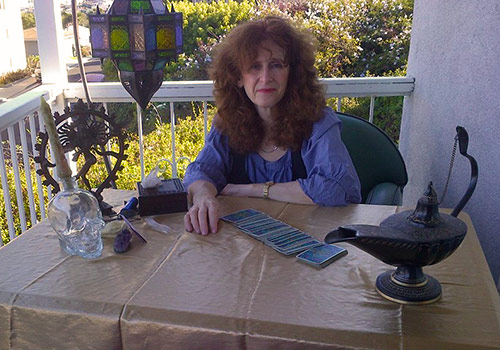 Davida Rappaport - Tarot master
Davida Rappaport - Tarot master
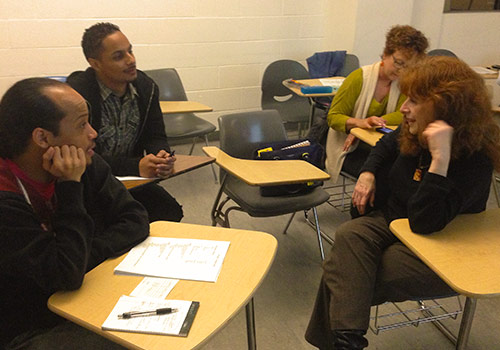 Davida Rappaport loves the surprises from her 'smart and intuitive' students
Davida Rappaport loves the surprises from her 'smart and intuitive' students
Davida Rappaport has been teaching Tarot at SMC Community Ed for several years and started reading Tarot cards for her friends at the age of 15, encouraged by a mother who studied palmistry. Over the years, she has given thousands of readings at a wide range of events, including some hosted by celebrities, such as a Christina Aguilera New Year's Eve party (where she gave readings to the pop star and her friends) and a "Will and Grace" season finale party.
She writes a fascinating and helpful blog, "The Clairvoyant's Corner 2.0 (Not just Tarot)," that combines her expertise in Tarot with useful advice, personal experiences and astute observations. The following blog entry is a couple years old, but gives an interesting glimpse into the ways students can use their own perspective - and how she finds joy in her students' discoveries.
* * *
Whenever I teach Tarot at SMC Community Ed, I find new and interesting ways to help my students connect the dots (cards) when they perform readings for each other. Tarot provides valuable information and it is always a delight to see these amazingly, intuitive people tap into their intuition and improve every week. Sometimes the cards are literal; they often re-state the question or validate what someone already knows.
As students continue to improve their reading skills (and gain confidence in their abilities and gifts) I tell them to focus on the question that is asked, connect to the person, and let one card lead to the next. If someone asks for a message, sometimes the cards are not that simple to interpret and it might take a bit longer to interpret the cards.
Some years ago, when I was doing a reading with the Rider-Waite-Smith deck, I could have sworn the people in Pamela Colman Smith's illustrations actually moved. I blinked and looked again. I felt the energy come off of the cards and it struck me that each card was a photograph - a snapshot in time. The cards showed me what was happening in the lives of the people in the cards. While I generally do not have the luxury of taking my time to do a reading, I found it fascinating how the cards came to life when I actually took a little bit more time to look at them.
Two weeks ago, one of my students, Edgar, had a breakthrough. He did his best reading since the first class. I asked him how he got the information he provided to his classmate. He said, "The cards looked like a graphic novel." I thought that was a brilliant explanation of the card coming to life and telling a story. Take note:
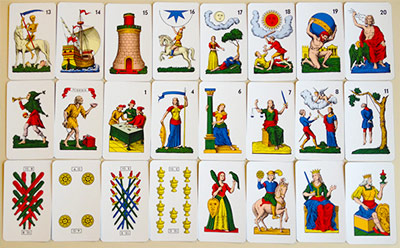
Yes, Tarot provides information. Because it is a visual medium, you can refer to a reading as either a graphic novel or a series of wonderful photographs that tell a story. Sweet.
Gotta love Tarot and gotta love smart, intuitive students. I do. This blog entry is dedicated to my recent class on the Minor Arcana at SMC that wrapped this week. You guys rocked!! I am most grateful for having been your teacher.
Davida Rappaport will teach "Practical Tarot - the Minor Arcana" beginning June 27. Her "Practical Tarot - the Major Arcana" begins Sept. 12. Online registration for both classes is open.

Perspectives:
New Phlebotomy Program Trains Frontline Technicians
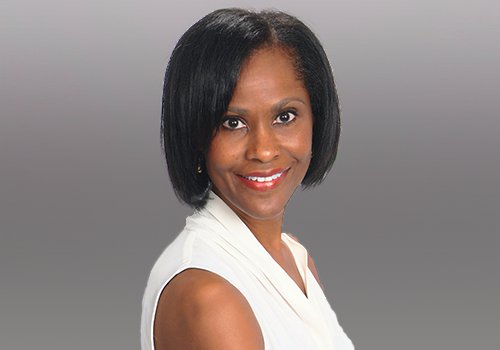 Michelle King, Director Career & Contract Ed.
Michelle King, Director Career & Contract Ed.


I'm excited to announce that SMC Extension/Community Ed is partnering with AUMT Institute to sponsor a Phlebotomy Certification Program that will train technicians in a growth profession that is crucial to medical care throughout the nation.
Phlebotomists draw blood for tests, transfusions, research, or blood donations. Some explain their work to patients and provide assistance when patients have adverse reactions after their blood is drawn. Phlebotomists work mainly in hospitals, medical and diagnostic laboratories, blood donor centers, and doctors' offices.
"The job market for Phlebotomy is very positive," says Tania Sanudo, Business Development Liaison with AUMT, which stands for American University of Medical Technology.
In fact, the U.S. Bureau of Labor Statistics reports that the projected job growth in the field from 2014 to 2024 is 25 percent, much faster than average. The 2016 median pay nationally is $32,710 per year or $15.72 per hour.
SMC Extension is constantly looking for programs that can quickly train students, particularly those who are either unemployed or looking for career advancement, in well paying careers in a high demand job market. AUMT has an excellent reputation with an 80-plus percent placement rate for students who complete the coursework, serve 40 hours in the field and pass the state certification exam.
The first Phlebotomy Certification session will be held six Saturdays, Sept. 16 through Oct. 21, from 9 a.m. to 5 p.m., for a total of 48 hours of instruction, eight more hours than required by the state. Afterwards, students are placed in externships in hospitals, labs and doctors' offices for 40 hours of clinical practice.
Sanudo, who has been a phlebotomist for 15 years, tells us the work is rewarding at several levels. "A lot of people don't realize the impact we have on the care of the patient," she says. "The majority of diagnoses and treatments patients receive are based on the blood test results that phlebotomists are responsible for drawing. That's why it's extremely important we draw blood correctly. So many phlebotomists out there currently working are drawing blood incorrectly. We want to change that. AUMT prides itself on teaching students the most recent standard and technique for drawing blood according to CLSI (Clinical & Laboratory Standards Institute) standards."
In addition, she says, the work is never repetitive and always challenging.
"Every single patient is different, every arm, every vein," Sanudo says. "Phlebotomists need good people skills because a lot of patients are afraid of needles or seeing their own blood. We even get patients who pass out."
She adds, "We're excited to partner with SMC. We hope the program takes off and we can train people and get them in the work field."
And we are happy for the partnership that will offer new opportunities for gainful employment to our community.
For more information about our job training and other courses, please visit http://commed.smc.edu or email commed@smc.edu or call us at (310) 434-3400.
Warm regards,
Michelle King

 Donate Today!
Donate Today!
